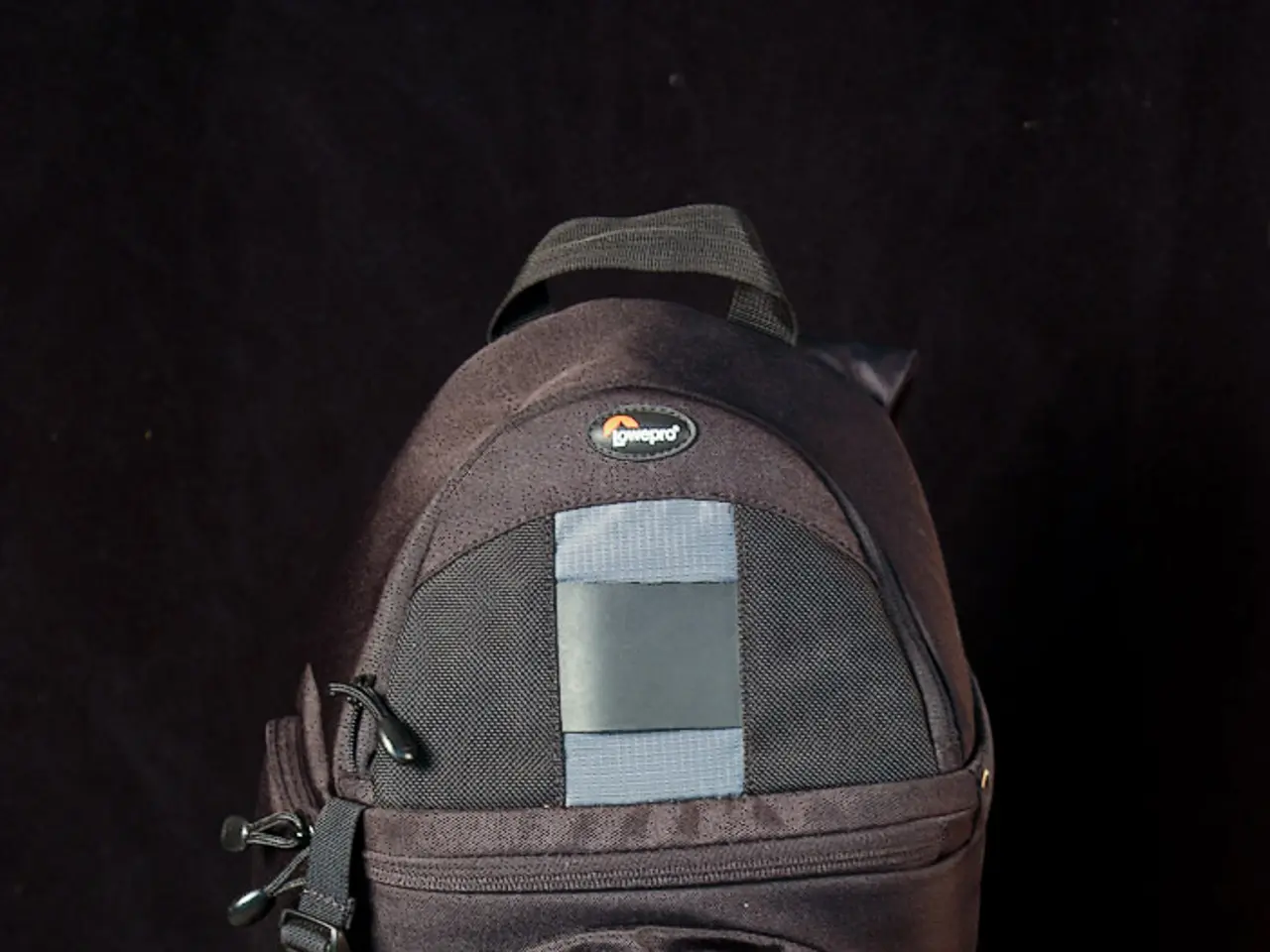Eczema Caused by Flexing: Image, Causes, Signs, and Remedies
Flexural eczema is a common type of atopic dermatitis that affects various flexural areas of the body, such as the inner elbows, behind the knees, wrists, and ankles. This condition can cause patches of skin that are itchy, inflamed, cracked, and sore, often accompanied by dryness, discoloration, and thickening due to repeated scratching.
To receive a diagnosis of eczema, a person may need to consult a dermatologist who can examine their skin and, if necessary, order a skin biopsy. A dermatologist can also guide treatment and recommend changes if a person’s eczema does not improve.
The outlook for people with flexural eczema is generally positive, with regular treatment allowing them to find relief from symptoms and prevent the condition from getting worse. The treatment plan may include skin care, trigger management, topical medications, phototherapy, and systemic medications.
Topical Therapies
Topical treatments are often the first line of defence against flexural eczema. Corticosteroids, tailored by potency and site to reduce inflammation, are commonly used. Calcineurin inhibitors, as non-steroidal anti-inflammatory agents, are especially valuable for sensitive flexural areas. Barrier repair moisturizers are also essential to restore skin hydration and integrity. Newer topical agents like PDE4 inhibitors and JAK inhibitors may be used for difficult cases or long-term management.
Systemic Treatments
For moderate to severe eczema or recurrent flares, systemic treatments may be necessary. Oral corticosteroids can be used for acute flares, while immunosuppressants such as methotrexate or azathioprine, biologic therapies targeting immune pathways, and oral JAK inhibitors in eligible patients may also be considered.
Lifestyle and Trigger Management
Identifying and avoiding known triggers, such as irritating soaps or fabrics, is crucial. Maintaining skin hydration with regular moisturizing routines, ideally applying emollients immediately after bathing to lock in moisture, is also essential. Managing stress and environmental exposures can further help manage flexural eczema.
If you develop symptoms of eczema, particularly if they affect your daily life or disrupt your sleep, or if you notice any signs of infection, it is essential to contact a doctor. With proper care and management, people with flexural eczema can find relief and improve their quality of life.
[1] National Eczema Association. (n.d.). Flexural eczema. Retrieved from https://nationaleczema.org/eczema/types-of-eczema/flexural-eczema/
[2] American Academy of Dermatology. (2020). Atopic dermatitis (eczema). Retrieved from https://www.aad.org/public/diseases/eczema/atopic-dermatitis
[3] American Contact Dermatitis Society. (2020). Common triggers for flexural eczema in adults. Retrieved from https://www.contactdermatitis.org/patients/common-triggers-for-flexural-eczema-in-adults
[4] National Eczema Association. (n.d.). Common triggers for flexural eczema in adults. Retrieved from https://nationaleczema.org/eczema/types-of-eczema/flexural-eczema/common-triggers/
[5] National Institute of Allergy and Infectious Diseases. (2020). Atopic dermatitis. Retrieved from https://www.niaid.nih.gov/diseases-conditions/atopic-dermatitis
- The medical-condition known as flexural eczema affects various parts of the body, including inner elbows, knees, wrists, and ankles, often causing itchy, inflamed, and cracked skin.
- For those experiencing symptoms of eczema, contacting a dermatologist can lead to an accurate diagnosis and guidance on treatment options.
- A dermatologist may recommend topical therapies as the first line of defense against flexural eczema, such as corticosteroids, calcineurin inhibitors, and barrier repair moisturizers.
- For more severe cases, systemic treatments like oral corticosteroids, immunosuppressants, biologic therapies, and oral JAK inhibitors might be considered.
- Adopting a lifestyle strategy that includes identifying and avoiding triggers, maintaining skin hydration with regular moisturizing routines, and managing stress can help alleviate symptoms of flexural eczema.
- With regular treatment, people with chronic skin conditions like flexural eczema can find relief from symptoms and improve their overall health and wellness.
- The side effects of treatments, the appropriateness of certain treatments for specific cases, and the concerns of 'switchers' (individuals who have tried multiple treatments without success) should be discussed with a healthcare professional or dermatologist.
- The science of dermatology is continually evolving to better understand and provide effective treatments for various skin-care conditions, including chronic diseases like eczema.




